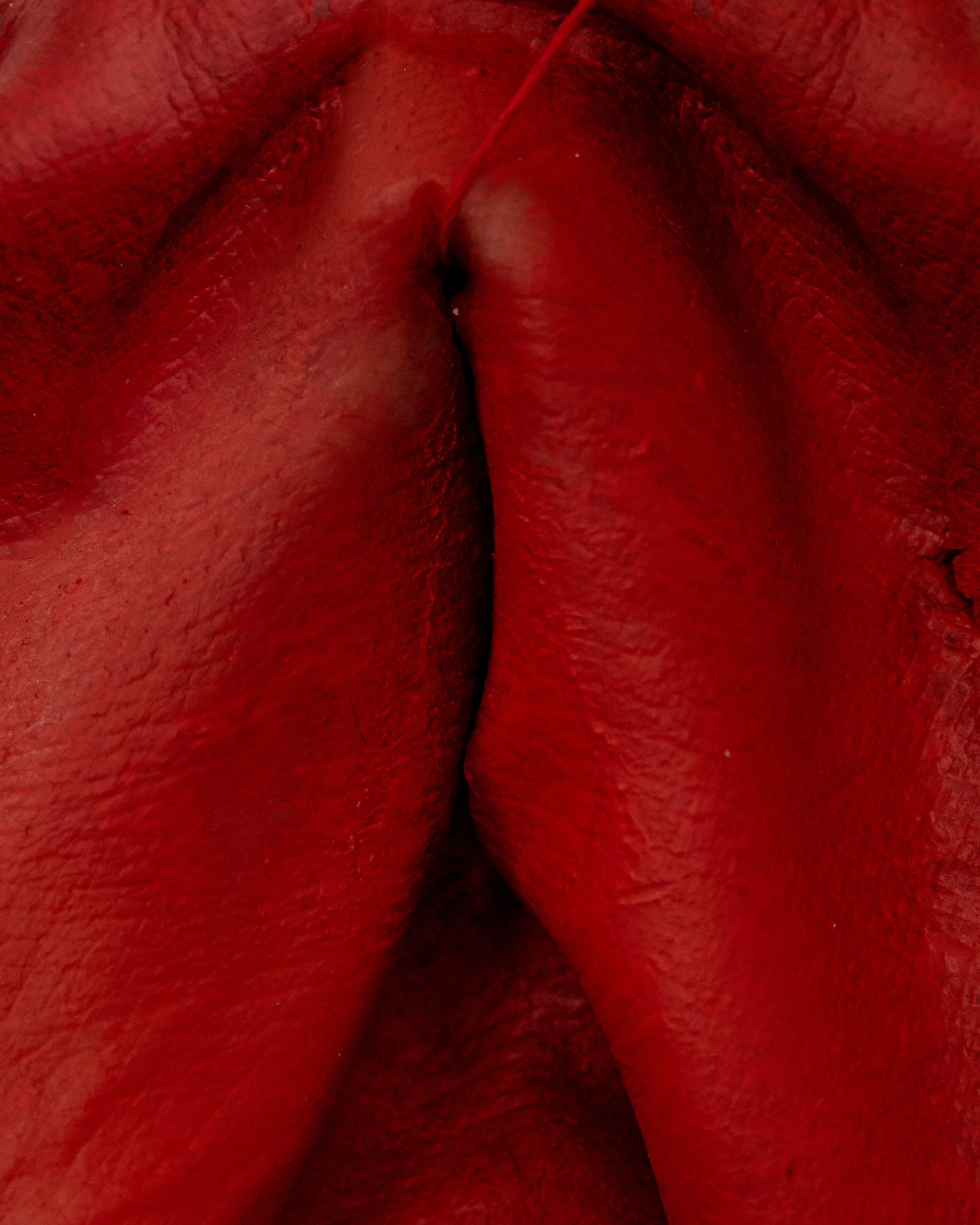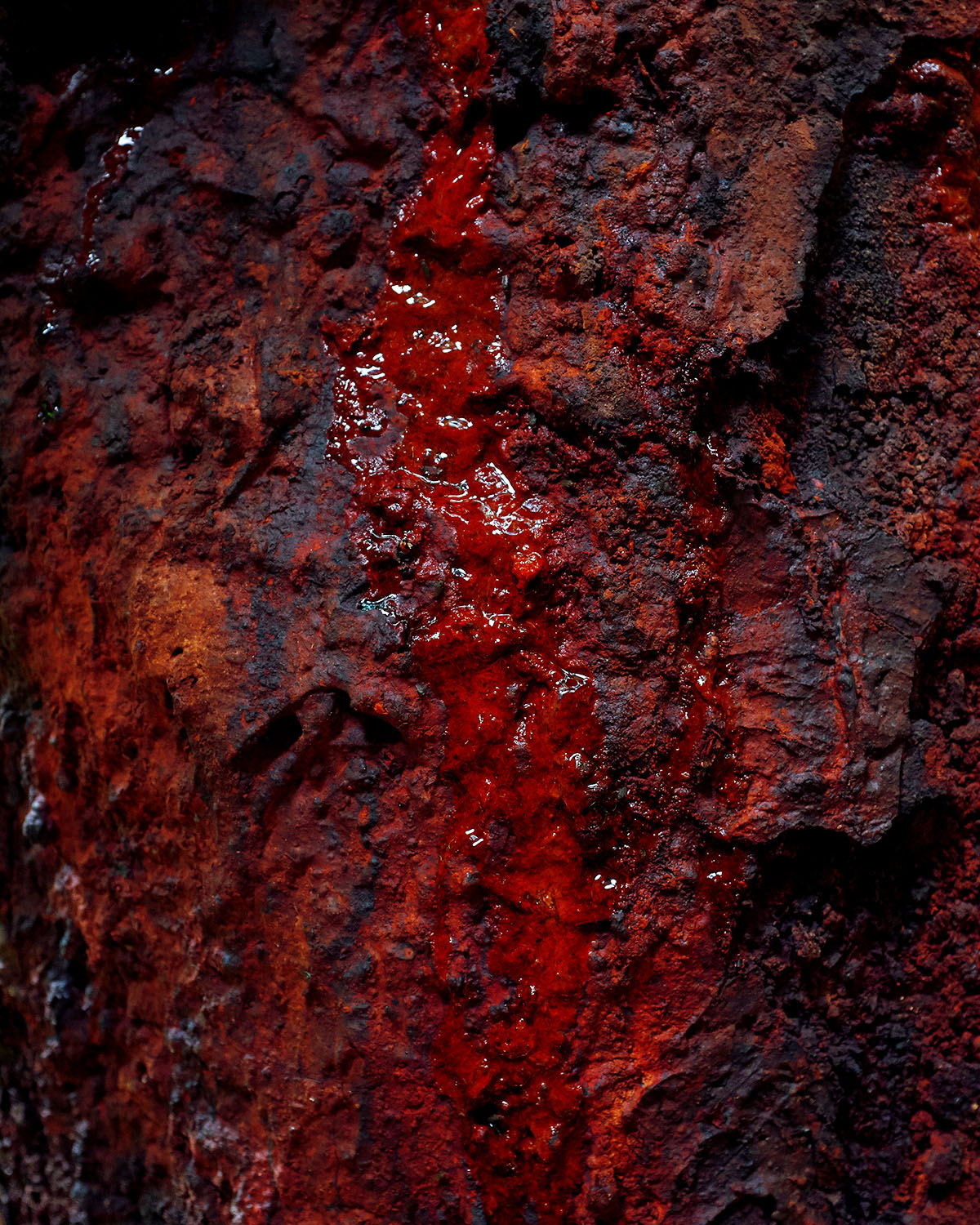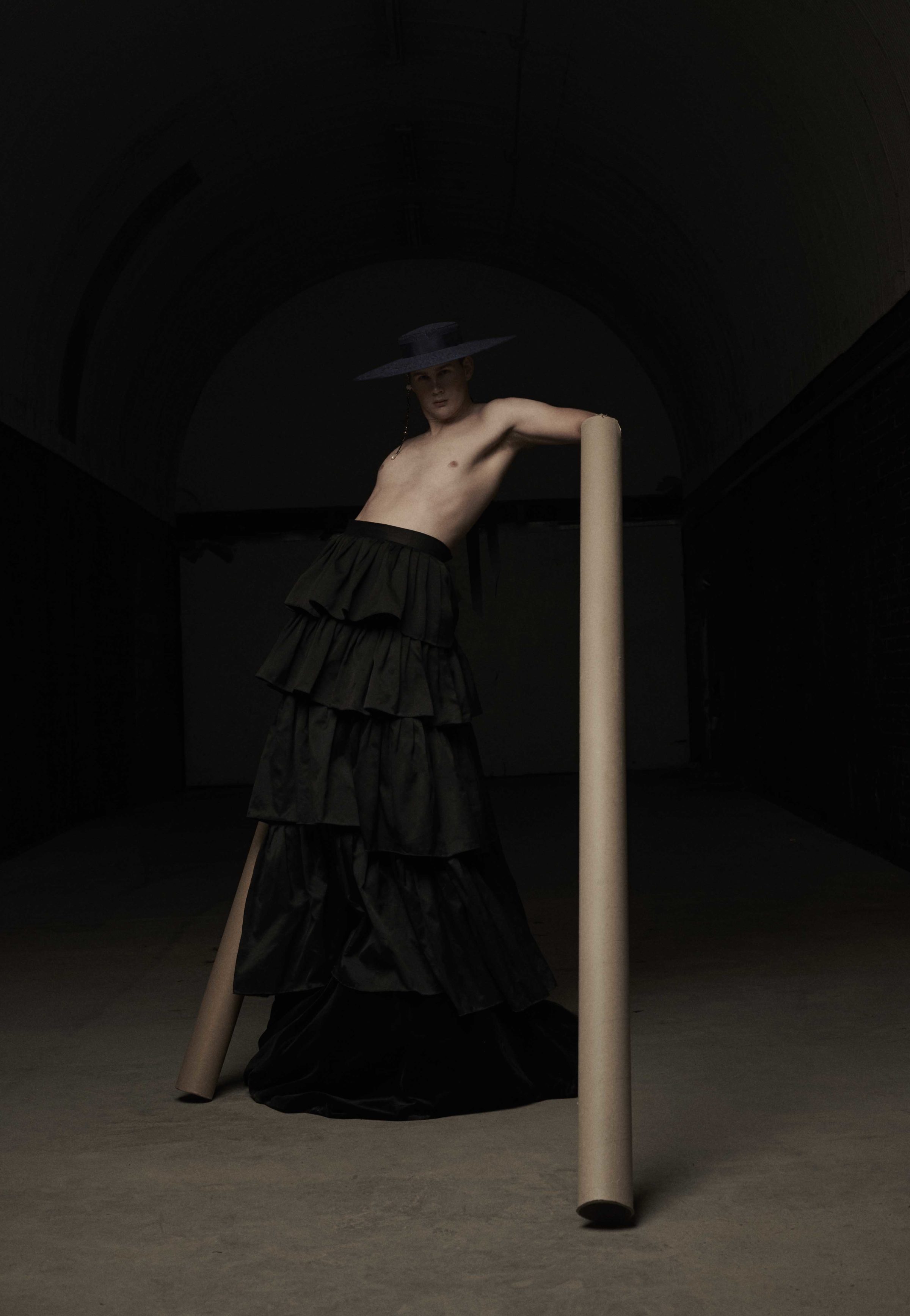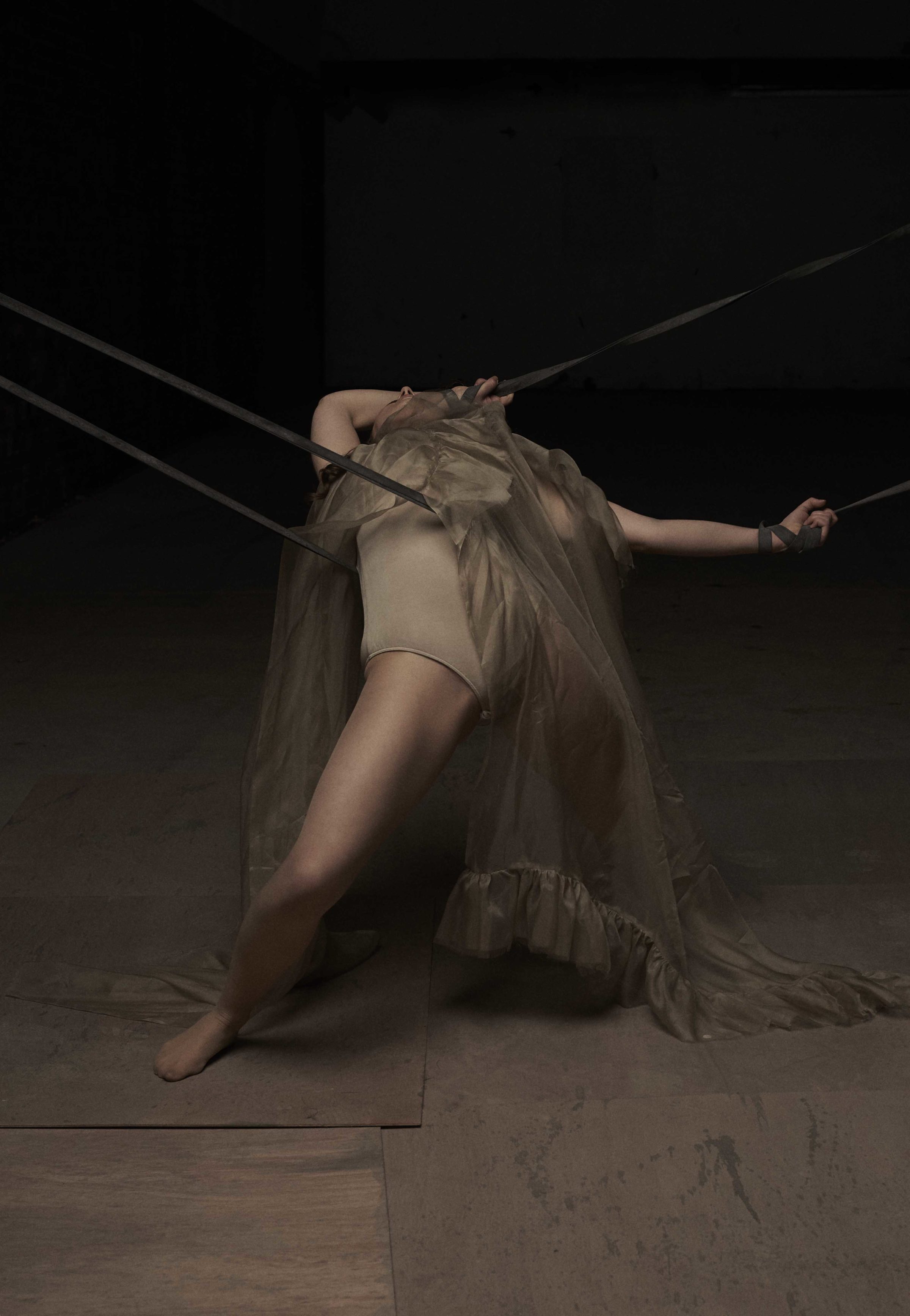Tags: Art Direction, Brand Narrative, Editorial Design, Self Publishing
Designed by Folch
Designed by Folch
Friend, do what you are here to do. In times of hard political climate, corruption and slander are commonplace. The official year of “disappointed but not surprised” is upon us and betrayal is rife. And yet, these deceptions have proven to be somewhat decisive, for better and for worse.
The Last Supper explores the concept of treachery through the kind of beautiful imagery which has become synonymous with the publication, focusing in on how acts of betrayal, in many ways, define the world we live in.
Ruby Boddington, It’s Nice That
Odiseo Volume 13 The Last Supper was born from the unlucky number 13 – Judas, the disciple who betrayed Jesus, was the 13th to sit at the table. Born from this superstition, we look at how acts of treachery in many ways define the world we live in. Cheating, deceiving, cowardice – betrayal is almost entirely born out of trust, or love. Without one, the other does not exist. Revealing secrets, breaking a pact, a stab in the back, an act of revenge. We find shelter in the shadow of disloyalty; a thrill in the fear of discovery. The concept is timeless and inherently human, present throughout our history right up to the present day.




“Beauty lives within the perfect order of chaos” –the cover story by Alexandra von Fuerst in collaboration with Yasmina Benabdelkrim– tackles how betrayal lies in our own truth and the search for the deserved peace of who we are.
By Camila Falquez
Treachery has many faces, this is usually something we aim for with every issue — to have a theme that can be interpreted in many ways. The Rosenberg couple’s hidden agenda during the cold war. When Scar backstabbed Mufasa. Who the hell betrayed Anne Frank? Et tu, Brute?
Emmy Koski, Editor-in-Chief
We speak of the death of the son of humanity as the beginning of posthumanism. We explore good and evil – as well as the complications which naturally occur when trying to define them. In this hopelessness, we turn to the stars. We address problems that arise from popular mysticism on the Internet, while shedding light on the unpopular. Any answer is better than no answer at all. We dig into alternative history, we explore denialism and post-truth, and finally, we take on the most contentious case of treachery in contemporary society – the violation of consent.






In this issue we speak about everything from deceptive mysticism trending on the internet, to post-truth, manipulation, good and evil, self-betrayal and violation of consent. In a conversation between Emmy Koski and poet and writer Ashley D’Arcy they talked about her publication “(Un)popular mysticism on the Internet” and about the rising popularity of zodiac signs and horoscopes, spell casting and witchcraft on social media, and why other practices like fortune telling and synchronicity are denied by companies within Big Tech. We invited Cecilia Azcarate to reframe the “Kiss of Judas” through classic art. By means of a quiz, we seek uncertainty and alternative history. In the recurring feature, Fake Monologues, Matthew Nesbitt talks about unacknowledged deceptions and the violation of consent.
Photographer Clara Giaminardi looks at betrayal through the eyes of the collective and individual in her series “Trust Me”. Through composition and tone, a likeness is drawn to the oil paintings of old masters. Camila Falquez creates a story of distorted self-images in “L’Être et le Néant”, a title derived from Sartre’s “Being and Nothingness.” Nina Raasch speaks of desire, and the blindness that follows, somewhere between self betrayal and blind love. Set designer Sonia Rentch and photographer Robin Stein create a still life where object and tension play leading roles. And finally, south african artist Koos Groenewald takes on one of the most traumatic deceptions of our time – the moment Scar betrays Mufasa – in his illustration “Long live the king”, placed on the back cover.



